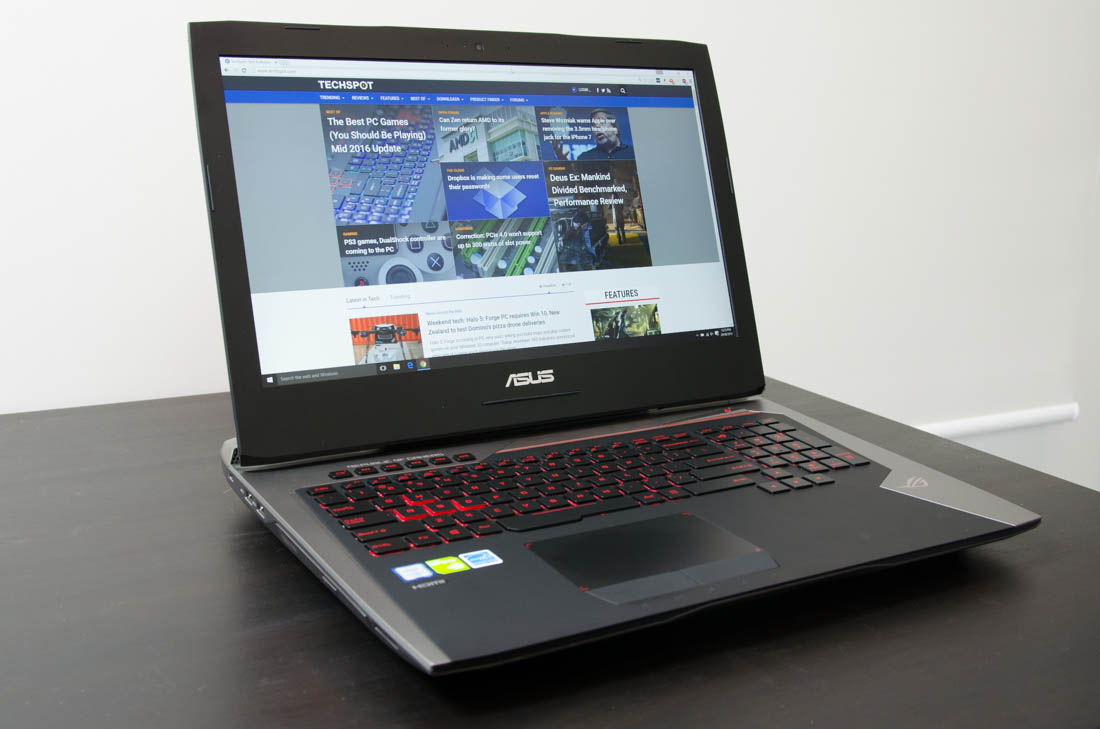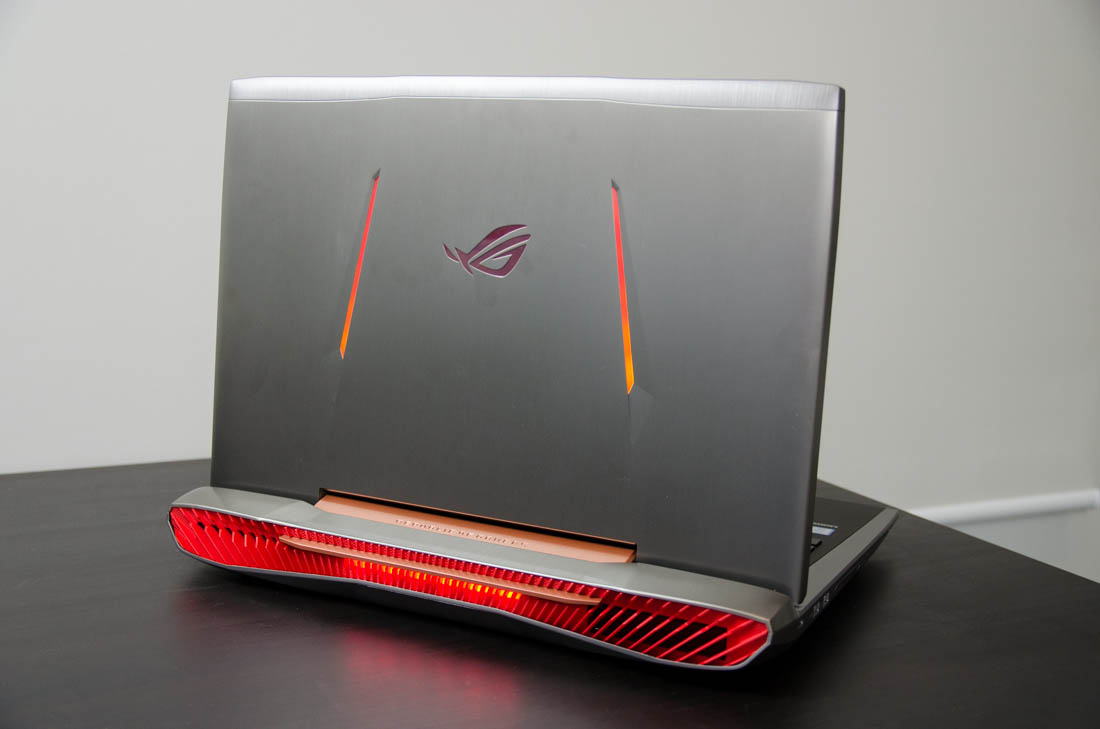The biggest factor to manifest to gaming laptops this year is the launch of Nvidia’s GeForce 10 collection. Bringing overall performance parity with their desktop opposite numbers, Nvidia’s new pix chips are a revolutionary step for mobile 30gaming as a way to allow laptops to be treated as nice citizens for the primary time.
The absence of M-collection chips within the GeForce 10 family also simplifies Nvidia’s graphics offerings for purchasers. Buyers can study laptops that p.c. GTX 1060, GTX 1070 and GTX 1080 GPUs understanding these are close to equivalents to what computing device game enthusiasts can enjoy.
Read More :- Microsoft Surface Book Review
- Celebrating 30 Years of the PC
- Lenovo ThinkPad X220 Ultraportable Notebook Review
Case in factor, the new Asus ROG G752VS is a large 17-inch system that packs a GeForce GTX 1070 GPU. The GTX 1070 replaces the GTX 980 (the extra effective, non-M variation) in Nvidia’s cellular line-up, with each chips presenting comparable TDPs near the 150-watt mark. This is lots of energy to expend, subsequently the G752VS' use of a large cooling solution.

The GeForce 10 series additionally includes the 180W GTX 1080, which occupies a overall performance bracket we haven’t visible in laptops earlier than.
A few weeks in the past we previewed the Asus ROG GX800, a enormous gaming station geared up with two GTX 1080 cell GPUs in SLI, which let us test pressure the brand new cell GeForce chips and attest how they compare towards their desktop opposite numbers.
There’s additionally the 80W GTX 1060 – a replacement for both the GTX 970M and 980M – which may be determined in a more less expensive variation of this laptop: the ROG G752VM.

There are numerous models of the G752VS available, which I’ll detail later. The unit we acquired for checking out packs some beefy hardware which includes an overclocked Core i7-6820HK processor, sixty four GB of DDR4 2400 MHz reminiscence, a 1 TB PCIe SSD, 1 TB tough force, a 17.three-inch 1080p IPS LCD with G-Sync, and USB 3.1 Type-C.
To fit in such powerful hardware and the required cooling, the G752VS is genuinely big. 17-inch gaming laptops have a tendency to be large, but the G752VS is mainly massive, at 53mm thick and 4.36 kg heavy.
I wouldn’t describe this gadget as being transportable, and its advertising simply focuses on electricity over portability. That’s not to say the G752VS couldn’t be moved – it has a removable strength cord and an inner ninety Wh battery – but it’s a pc a good way to take a seat on a desk, plugged into the wall 95% of the time.

Asus has attempted to hide maximum of the ROG G752VS’ thickness thru competitive angles, mainly on the bottom, which matches to a certain quantity: the laptop doesn’t seem like a 53mm-thick brick from all facets. However whilst positioned near an ultraportable computer or even a smaller gaming pocket book, the size of the G752VS is right away apparent.
There isn't any shortage of ‘gamer’ style across the G752VS. Along the rear facet is a massive crimson section that consists of exhaust ports for two large cooling fans, whilst the hinge assembly is a awesome copper orange. LEDs are included as nicely, which light up two slits on the computer’s lid along side the middle of the competitive crimson exhaust panel.

The keyboard region is a two-tone layout, featuring softer black plastic around the keys, and tougher gray plastic around the outer edges. Again, gamer layout is in full force here, with weird angles and a small patterned section as the primary culprits. There is not anything subtle or glossy approximately the G752VS’ chassis, that is normal of the maximum powerful gaming laptops on the market.
To be sincere, I suppose this gaming computer is quite hideous, as I’ve never been a fan of ‘gamer’ layout cues. However, the design of a product may be subjective, and let’s be honest: the overall performance is what topics right here.
The G752VS feels solidly constructed, even though the selection of materials isn’t absolutely top rate. The majority of this pc’s body has been created from plastic of numerous kinds, shades and finishes, with some metallic thrown into the mix. The largest metallic panel is the pc’s lid, which appears decent and gives top protection to the show.


Most of the computer’s ports are located at the right-hand facet: 3 3.5mm audio jacks (which may be used for five.1 analog output), a USB 3.1 Type-C port, two USB 3.0 kind-A ports, mini-DisplayPort 1.2, HDMI 2.zero, a gigabit Ethernet port, and the proprietary electricity connector.
The left facet has a similarly two USB three.zero ports, an SD card reader, and an optical force. The inclusion of a DVD force is unexpected as we’re speedy moving far from optical disc garage, and the big amount of area the pressure occupies might have been better utilized.

 |  |
On the bottom of the pc is a window that exposes the beefy cooling solution, alongside a detachable panel. Unscrewing a unmarried screw gives get entry to to two DIMM slots, which in my Laptopunit had been every configured with sixteen GB DDR4 sticks; mixed with 32 GB of non-detachable reminiscence, this equates to a total of 64 GB of RAM.
There’s also get right of entry to to two PCIe m.2 slots, configured right here with 512 GB SSDs in RAID zero, and the 2.5-inch tough force bay. Having smooth get right of entry to to swappable components is a amazing function of this gaming pc, although with out that optical pressure I reckon Asus ought to have crammed in extra 2.5-inch drive bays.
0 Response to "Asus ROG G752VS Laptop Review: GeForce GTX 1070 Inside"
Post a Comment